When a Sunderland cinema attracted 120,000 people during a month-long movie run: But what was the film?
and live on Freeview channel 276
Philip Curtis, of Sunderland Antiquarian Society, can provide the answer and he does just that in this look back at the Havelock picture house,
There was a time when going to ‘the pictures’ at least once a week was THE main form of entertainment for most Wearsiders.
Advertisement
Hide AdAdvertisement
Hide AdIt was a time when Sunderland’s town centre had a cinema on practically every corner and, in addition, many suburbs of the town could also boast their own local picture hall.
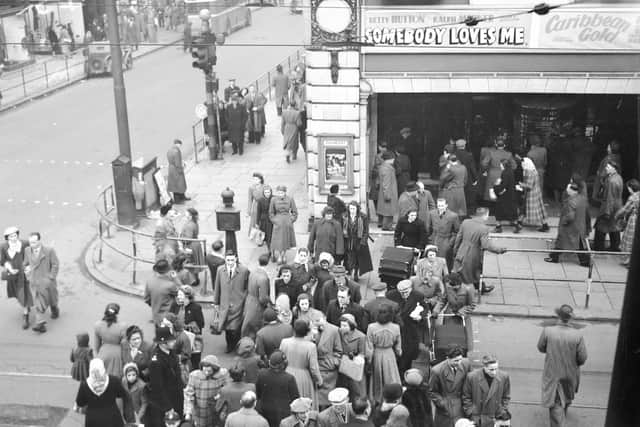

Amongst all of the town centre cinemas, perhaps the best-loved was The Havelock. You would find it on the corner of Fawcett Street and High Street West.
Philip said: “The Havelock was opened on December 16, 1915 on the site of the old Havelock House Store, and the cinema took its name from the former store.
“There were four short films on that opening night, the main one being The Girl Who Might Have Been. The films in those early years were much shorter than those shown today.
Advertisement
Hide AdAdvertisement
Hide Ad“Another big difference was that they were totally silent. And because the films had no sound, they were accompanied by The Havelock’s very own ten-piece orchestra.
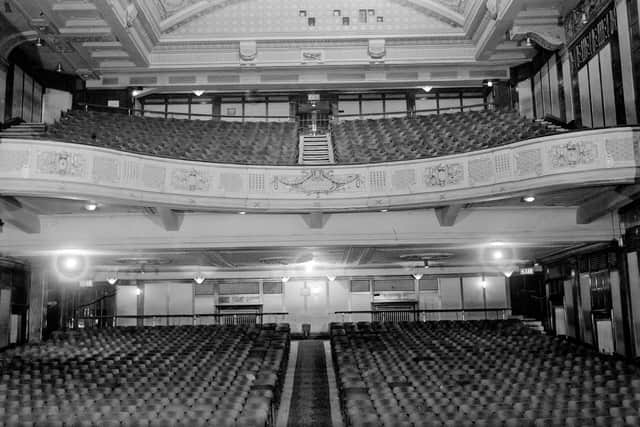

“This lasted until 1926 when the orchestra was replaced by a Wurlitzer organ.”
But the times were changing and the changes on screen were reflected at the Havelock.
The Havelock has a claim to fame in the city as it was the first to introduce talking pictures to Sunderland. Although The Jazz Singer was the very first ever film with sound, the first to actually appear in Sunderland was not until 1929 when The Singing Fool starring Al Jolson was shown at The Havelock.
Advertisement
Hide AdAdvertisement
Hide AdThis caused great excitement in the town and the film ran from July 15 to August 10.
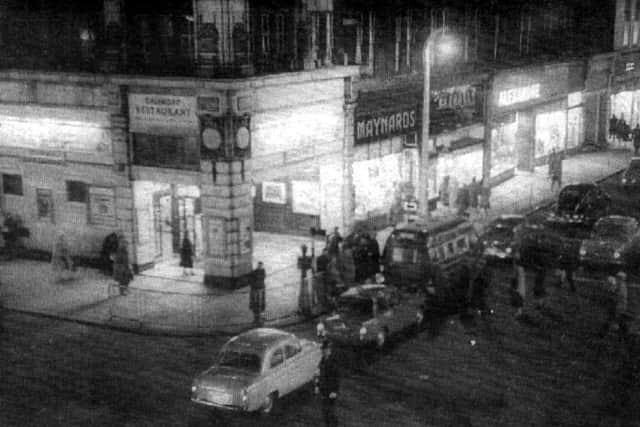

It was a sensation and it attracted more than 120,000 customers during that period with long queues for entry regularly stretching way down High Street.
It was a wonderful cinema and, because of its size and comfort, quickly forced some of the smaller cinemas out of business.
Those that had to fold included the nearby Theatre De Luxe in Fawcett Street (opposite the Town Hall) and The Queen’s in Bridge Street (close to Grand Hotel).
Advertisement
Hide AdAdvertisement
Hide AdThe Havelock could seat up to 1700 in the circle and stalls and was the only cinema in town that provided hearing aids, which were attached to the end seats.
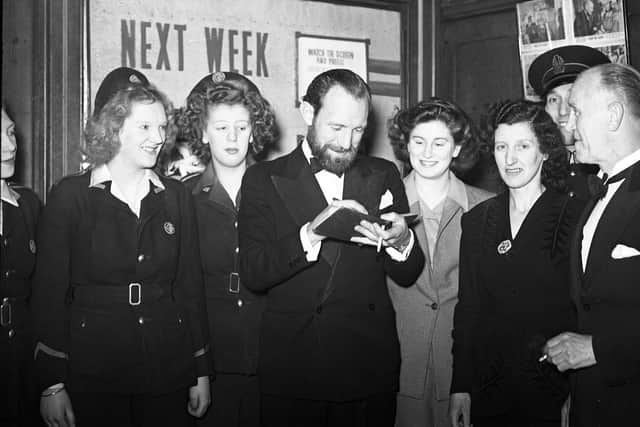

It also boasted a fine café on its first floor.
A light was built on the very top of the cinema in the shape of a diver’s helmet. At one time, beams shone out of the four face-pieces (a la Hollywood) until one of them was blocked-up following complaints from seamen that it was somewhat misleading at times for shipping.
The other three apertures were blocked up during the Second World War when blackout regulations forbade any form of outside lighting. The beams never re-appeared.
In the early 1960s the cinema was taken over by Gaumont British and The Havelock was re-named The Gaumont.
Advertisement
Hide AdAdvertisement
Hide AdHowever this did not last long and, with television becoming increasingly popular, numbers going to the pictures began to decline.
The Gaumont carried on for a further three years but it eventually was forced to close its doors for the last time on 15 th June 1963 after showing its final film, Taste of Fear.
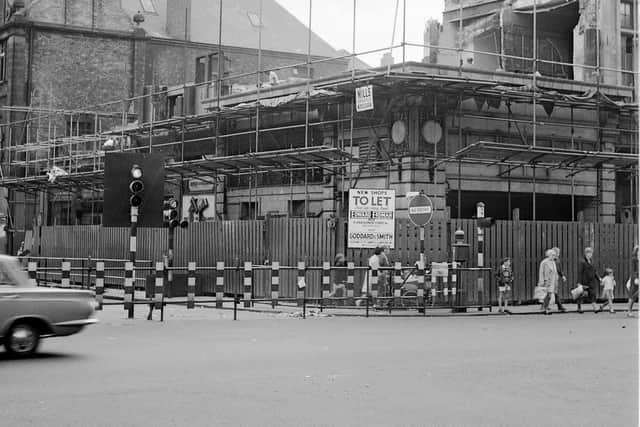

The building was quickly re-developed into shopping units.
However next time you are in Fawcett Street do look up above the shops where the cinema once stood and you can still see the remains of the top floor of the original store .
We would love you to share your memories of Sunderland’s stores of the past. Tell us more by emailing [email protected]
Advertisement
Hide AdAdvertisement
Hide AdOur thanks go to Philip and Sunderland Antiquarian Society. To find out more about the society, visit its Facebook page or its website at http://www.sunderland-antiquarians.org/